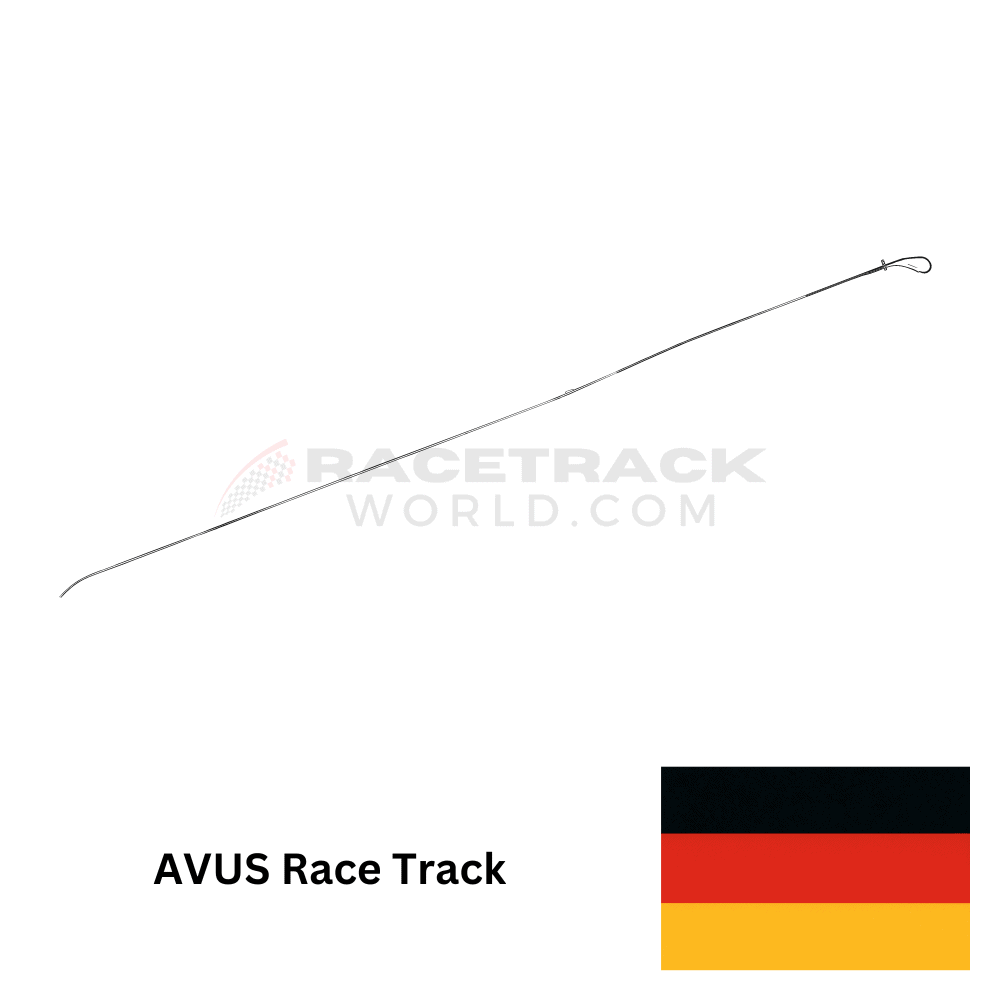AVUS

Hotels near Philip Island Circuit
Track History
Welcome to the world of high-speed excitement and motorsport history at AVUS – the legendary Automobil-Verkehrs- und Übungsstraße, located in the heart of Berlin, Germany. In this article, we will delve deeper into the rich history of AVUS and discover some nearby hotels for those who wish to immerse themselves in the world of motorsports.
A Glimpse into AVUS
AVUS, initially designed as an automotive testing and training ground in 1921, rapidly evolved into a landmark in the world of motorsports. Its most distinctive feature was the high-speed oval circuit, boasting banked curves and lengthy straights, allowing drivers to achieve remarkable speeds that left spectators in awe.
Over the years, AVUS hosted a plethora of racing events, from Grand Prix races to sports car and motorcycle races, attracting renowned racers from all corners of the globe. Its unique and challenging layout made it a true gem on the motorsports calendar.
Decline and Closure
By the 1950s, AVUS's popularity began to wane, and in 1998, the circuit closed its doors. Today, while no longer a hub for motorsport action, it remains a pilgrimage site for motorsport enthusiasts who come to explore the remnants of this historic track and pay homage to its legacy.
Uncovering AVUS's Unique Features
AVUS was a 9.3-kilometer circuit that featured a high-speed oval section, encompassing the Nordkurve and the Südkurve, with steeply banked curves that pushed drivers to their limits. The infield section presented its own set of challenges, with tight hairpin turns and a thrilling chicane that put driver skills to the test.
With several long straights interspersed throughout the track, drivers had the opportunity to attain high speeds and execute daring overtaking maneuvers. The circuit's location within the bustling city of Berlin offered not only a fantastic racing experience but also breathtaking views of the urban landscape.
Legendary Races at AVUS
AVUS's impressive resume includes hosting iconic events such as the German Grand Prix, which graced its tarmac 12 times between 1926 and 1959. This race drew the crème de la crème of Grand Prix drivers worldwide and solidified AVUS's status as one of Europe's premier motorsport venues.
Safety First at AVUS
Safety was paramount at AVUS, with the facility equipped with top-tier safety features. The high-speed oval section boasted high-quality safety barriers, catch fencing, and a fully staffed medical center, ensuring the well-being of racers and spectators.
A team of experienced marshals and officials kept a watchful eye on racing events, ensuring strict adherence to rules and regulations. The circuit's dedication to minimizing its environmental impact included adherence to noise and environmental regulations to maintain harmony with its surroundings.
Accommodations Near AVUS
For those planning to immerse themselves in the world of motorsports at AVUS, there are several nearby hotels to consider:
1. AVUS Hotel
- Location: Just a stone's throw from the circuit
- Amenities: Comfortable rooms, motorsport-themed decor, and a bar to relive the day's excitement
2. Berlin Motorsport Plaza
- Location: Within a short drive from AVUS
- Amenities: Modern accommodations, racing memorabilia, and a restaurant for a post-race feast
3. Grand Prix Inn
- Location: Conveniently located near AVUS
- Amenities: Racing-inspired decor, comfortable rooms, and a dedicated shuttle service to the circuit
4. City Center Retreat
- Location: A short drive away, offering a tranquil escape from the racing action
- Amenities: Comfortable lodgings, spa services, and proximity to Berlin's city center
A Legacy Lives On
Today, AVUS may have ceased its operations as a motorsport facility, but its legacy endures. Visitors can explore the circuit on foot, soak in the natural beauty of the surroundings, and imagine the thrill of racing on this challenging layout. The on-site museum is a must-visit, offering a glimpse into the rich history of AVUS, with exhibits showcasing the races and racers that left an indelible mark on the track's history.
AVUS, with its remarkable history and enduring allure, stands as a testament to the ever-evolving world of motorsports. Whether you're a racing enthusiast or a history buff, AVUS promises an unforgettable journey into the annals of motorsport history.
Link to History Video: AVUS
